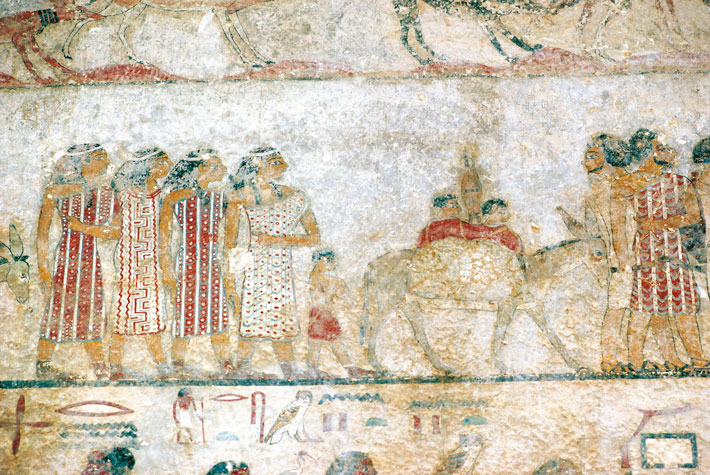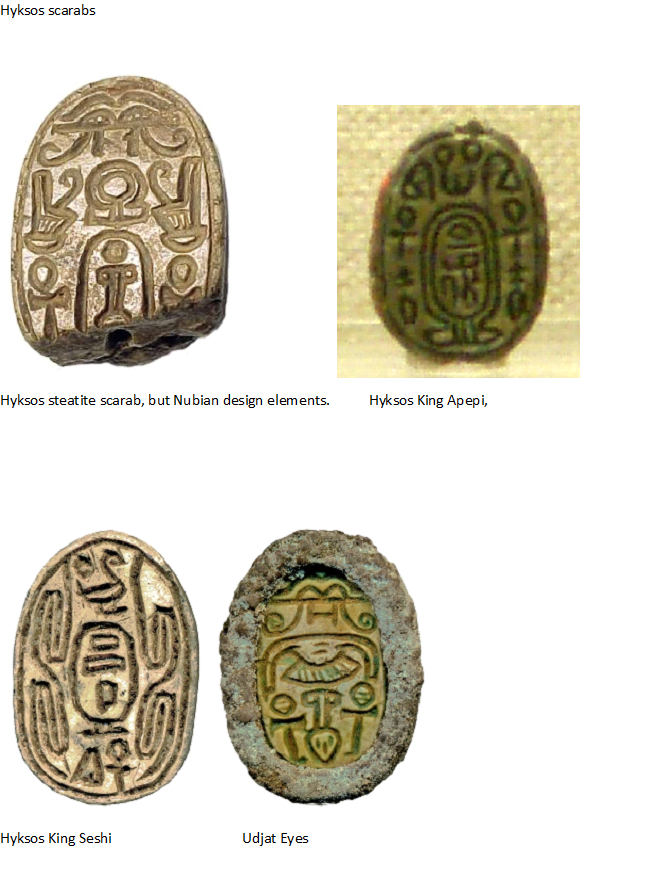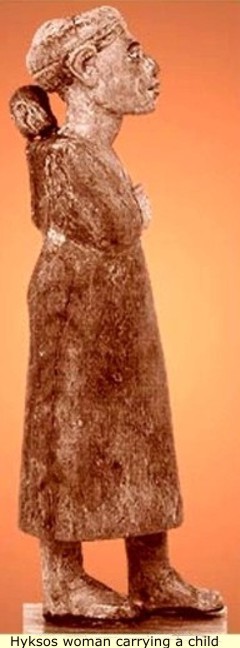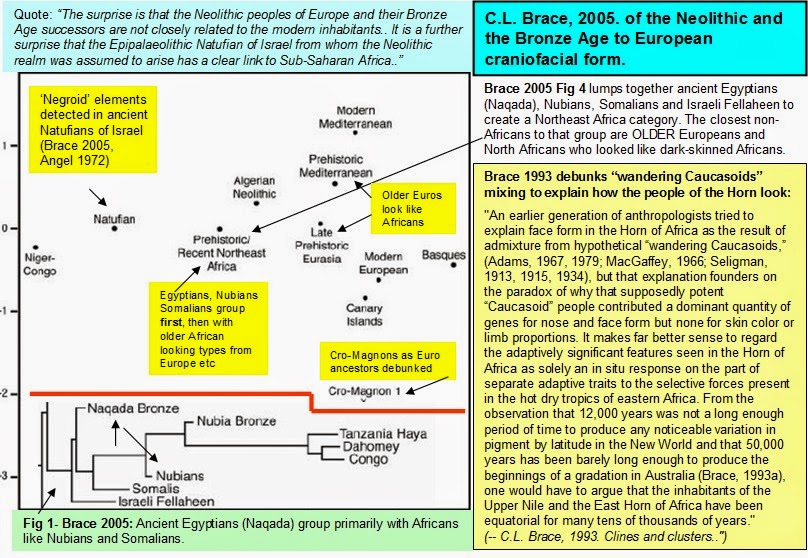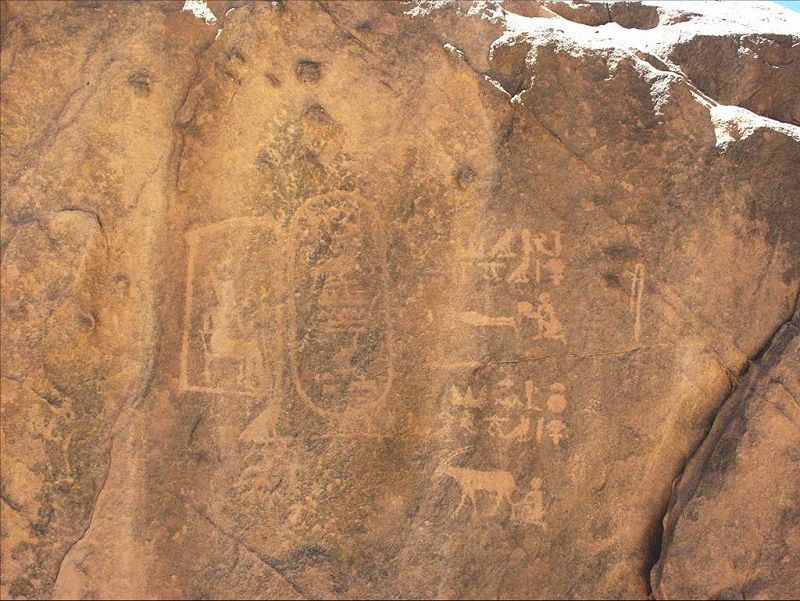Yes it was;
You are entirely out of your league trying to debate me on this subject. The below describes the the white element gives many Middle Easterners a Semitic/mulatto phenotype (that you assumed was the default phenotype for the region) did not enter into the Middle East and Europe until after the 2nd millennium BC. If the white element did not enter into the picture until after the second millennium BC then why in the Hell would you assume that they were anything but black prior?
and this is not a new finding;
"THE MEDITERRANEAN RACE
Preface
WHEN this little book was first published in an Italian edition in 1895, and in a German edition in 1897, I was still unable to obtain many anthropological data needed to complete tha picture of the primitive inhabitants of Europe. In the English edition the book is less incomplete, richer in anthropological and ethnological documents, and hence more conclusive; it also contains replies to various objections which have been brought forward. This English edition, therefore, is not so much a translation of a work already published as a new book, both in form and arrangement
The conclusions I have sought to maintain are the following :- +
(1.) The primitive populations of Europe, after Homo Neandertkalensis, originated in Africa; these constituted the entire population of Neolithic times.
(2.) The basin of the Mediterranean was the chief centre of movement whence the African migrations reached the centre and the north of Europe.
(3.) From the great African stock were formed three varieties, in accordance with differing telluric and geographic conditions: one,.,peculiarly African, remaining in the continent where it originated; another, .the Mediterranean, which occupied the basin of that sea; and a third, the Nordtic:, which reached the north of Europe. These three varieties are the three great branches of one species, which I call Eurafrican, because it occupied, and still occupies, a large portion of the two continents of Africa and Europe.
(4) These three human varieties have nothing in common with the so-called Aryan races; it is an error to maintain that the Germans and the Scandinavians, blond dolichocephals or long-heads (of the Reihengraber and Viking types), are Aryans; they . are Eurafricans of the Nordic variety.
(5.) The Aryans are of Asiatic origin, and constitute a variety of the Eurafrican: species,• the physical characters of their skeletons are different from those of the Eurafricans.
(6.) The primitive civilisation of the Eurafricans is Afro-Mediterranean, becoming eventually AfroEuropean.
(7.) The Mycenrean civilisation had its origin in Asia, and was transformed by diffusion in the Mediterranean.
(8.) The two classic civilisations, Greek and Latin; were not Aryan, but Mediterranean. The Aryans were savages when they invaded Europe: they destroyed in part the superior civilisation of the Neolithic populations, and could not have created the Greco-Latin civilization
(9.) In the course of the Aryan invasions the languages of the Eurafrican species in Europe were transformed in Italy, Greece, and elsewhere, Celtic, German, Slavonic, etc., being genuine branches of the Aryan tongue; in other cases the Aryan languages underwent a transformation, preserving some elements of the conquered tongues, as in the NeoCeltic of Wales. Some of these conclusions no longer arouse the same opposition as when I first brought them forward. The arguments meeting with most resistance are those tending to overthrow the ancient conception of an Aryan civilization.
THE FUTURE WILL ENABLE US TO SEE THESE QUESTIONS MORE CLEARLY. G. SERGI.
ROME, Feoruary, 1901."
LETS LEARN
Jews of the Middle East
While all Jews have roots in the Middle East, Mizrahi Jews never left it.
BY
LOOLWA KHAZZOOM
Upon examining the history and heritage of the Jewish people, we find that Judaism is deeply connected to the Middle East and North Africa: Sarah and Abraham came from Mesopotamia, the land that is today Iraq — the same land where the first yeshivas and the Babylonian were developed. The festival celebrates the liberation of ancient Iranian (Persian) Jews, and Passover tells the story of ancient Egyptian Jews. Hebrew developed alongside other Semitic languages in the Middle East and North Africa and Jewish prayers and holiday cycles reflect the weather patterns of that region. (It was not, for example, meant to snow in the .)
Regardless of where Jews lived most recently, therefore, all Jews have roots in the Middle East and North Africa. Some communities, of course, have more recent ties to this region:
m and
Sephardim, two distinct communities that are often confused with one another.
The Beginnings of the Jewish People
Mizrahim are Jews who never left the Middle East and North Africa since the beginnings of the Jewish people 4,000 years ago. In 586 B.C.E., the Babylonian Empire (ancient Iraq) conquered
Yehudah (Judah), the southern region of ancient Israel.
Babylonians occupied the Land of Israel and exiled the Yehudim (Judeans, or Jews), as captives into Babylon. Some 50 years later, the Persian Empire (ancient Iran) conquered the Babylonian Empire and allowed the Jews to return home to the land of Israel. But, offered freedom under Persian rule and daunted by the task of rebuilding a society that lay in ruins, most Jews remained in Babylon. Over the next millennia, some Jews remained in today’s Iraq and Iran, and some migrated to neighboring lands in the region (including today’s Syria, Yemen, and Egypt), or emigrated to lands in Central and East Asia (including India, China, and Afghanistan)
ADVERTISING
Sephardim are among the descendants of the line of Jews who chose to return and rebuild Israel after the Persian Empire conquered the Babylonian Empire. About half a millennium later, the Roman Empire conquered ancient Israel for the second time, massacring most of the nation and taking the bulk of the remainder as slaves to Rome. Once the Roman Empire crumbled, descendants of these captives migrated throughout the European continent. Many settled in Spain (
Sepharad) and Portugal, where they thrived until the Spanish Inquisition and Expulsion of 1492 and the Portuguese Inquisition and Expulsion shortly thereafter.
During these periods, Jews living in Christian countries faced discrimination and hardship. Some Jews who fled persecution in Europe settled throughout the Mediterranean regions of the Ottoman (Turkish) Empire, as well as Central and South America. Sephardim who fled to Ottoman-ruled Middle Eastern and North African countries merged with the Mizrahim, whose families had been living in the region for thousands of years.
In the early 20th century, severe violence against Jews forced communities throughout the Middle Eastern region to flee once again, arriving as refugees predominantly in Israel, France, the United Kingdom, and the Americas. In Israel, Middle Eastern and North African Jews were the majority of the Jewish population for decades, with numbers as high as 70 percent of the Jewish population, until the mass Russian immigration of the 1990s. Mizrahi Jews are now half of the Jewish population in Israel.
Mizrahi Jews Around the World
Throughout the rest of the world, Mizrahi Jews have a strong presence in metropolitan areas — Paris, London, Montreal, Los Angeles, Brooklyn, and Mexico City. Mizrahim and Sephardim share more than common history from the past five centuries. Mizrahi and religious leaders traditionally have stressed
chesed (compassion) over
humra(severity, or strictness), following a more lenient interpretation of Jewish law.
Despite such baseline commonalities, Middle Eastern and North African Mizrahim and Sephardim do retain distinct cultural traditions. Though Mizrahi and Sephardic prayer books are close in form and content, for example, they are not identical. Mizrahi prayers are usually sung in quarter tones, whereas Sephardic prayers have more of a Southern European feel. Traditionally, moreover, Sephardic prayers are often accompanied by a Western-style choir in the synagogue.
Mizrahi Jews traditionally spoke Judeo-Arabic — a language blending Hebrew and a local Arabic dialect. While a number of Sephardic Jews in the Middle East and North Africa learned and spoke this language, they also spoke
Ladino — a blend of Hebrew and Spanish. Having had no history in Spain or Portugal, Mizrahim generally did not speak Ladino.
In certain areas, where the Sephardic immigration was weak, Sephardim assimilated into the predominantly Mizrahi communities, taking on all Mizrahi traditions and retaining just a hint of Sephardic heritage — such as Spanish-sounding names. In countries such as Morocco, however, Spanish and Portuguese Jews came in droves, and the Sephardic community set up its own synagogues and schools, remaining separate from the Mizrahi community.
Diversity Within the Communities
Even within the Mizrahi and Sephardi communities, there were cultural differences from country to country. On Purim, Iraqi Jews had strolling musicians going from house to house and entertaining families (comparable to Christmas caroling), whereas Egyptian Jews closed off the Jewish quarter for a full-day festival (comparable to Mardi Gras). On Shabbat, Moroccan Jews prepared
hamin(spicy meat stew), whereas Yemenite Jews prepared
showeah (spicy roasted meat), among other foods.
As Mizrahi and Sephardi Jews are a minority of Jews in North America, their heritage remains foreign to many North American Jews of Central and Eastern European heritage (known as
Ashkenazim). Yet just as the world begins to embrace multiculturalism, so too has the Jewish community begun to acknowledge and celebrate the wonderful cultural diversity that exists among its own people.



